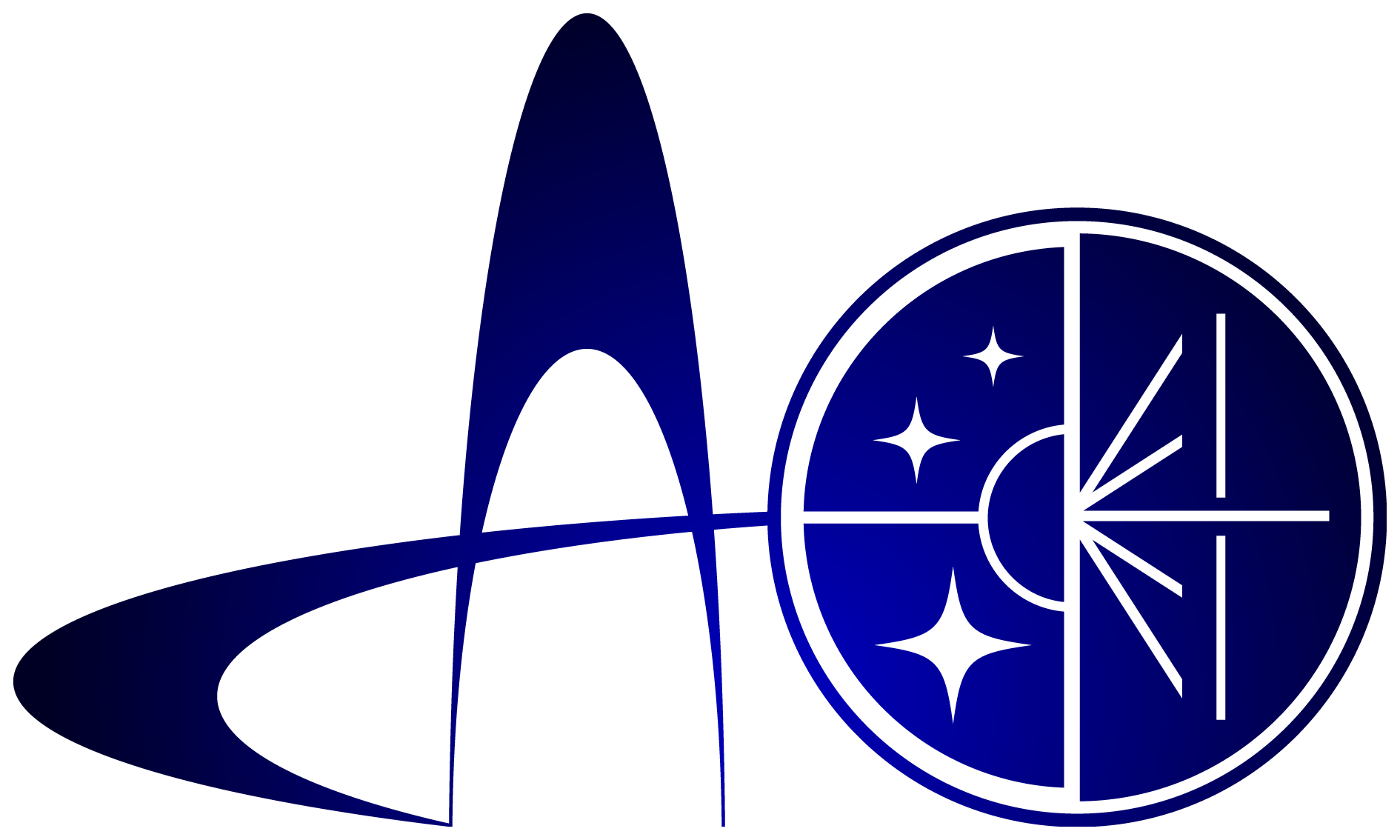

|
Discovery of new properties of gravitationally lensed quasar Q0957+561 |
Russian version |
|
Gravitational lenses, known for forming multiple images of distant objects (galaxies and quasars), are often used in modern astrophysics to diagnose the large-scale distribution of matter in the universe. However, the study of the lensed images themselves allows us to examine in more detail the structure of the central parsec of active nuclei, spatially unresolved using direct optical methods. Object Q0957+561 is the first discovered gravitationally lensed quasar at redshift z=1.4. A type 1 quasar is lensed by an elliptical galaxy (z=0.36), so two images of a quasar separated by 6" are observed on the celestial plane. During observations of the lensed quasar Q0957+561 on the BTA, it was first discovered that the polarization vector is oriented differently in two images of the source, and the polarization angle varies with the wavelength. Previously, similar properties have not been found in gravitationally lensed objects. Two most preferable scenarios are proposed to describe the effect: 1) due to the radiation delay between the quasar images of about 400 days, different states of polarization can be observed due to the precession of the disk-jet system; 2) a complex lensing effect is observed: due to the different aiming distance of the component relative to the lens, images can be amplified differently, e.g., in a closer component, the polarized radiation of the accretion disk can be amplified due to microlensing, which is why the polarization of the component differs. The work was supported by the RNF grant No. 20-12-00030 "Investigation of the geometry and kinematics of ionized gas in the nuclei of active galaxies by polarimetry methods". Authors: V.L. Afanasiev, E.S. Shablovinskaya (SAO RAS), together with L. Popovic and D. Savic (Astronomical Observatory of Belgrade, Serbia)
Published: |